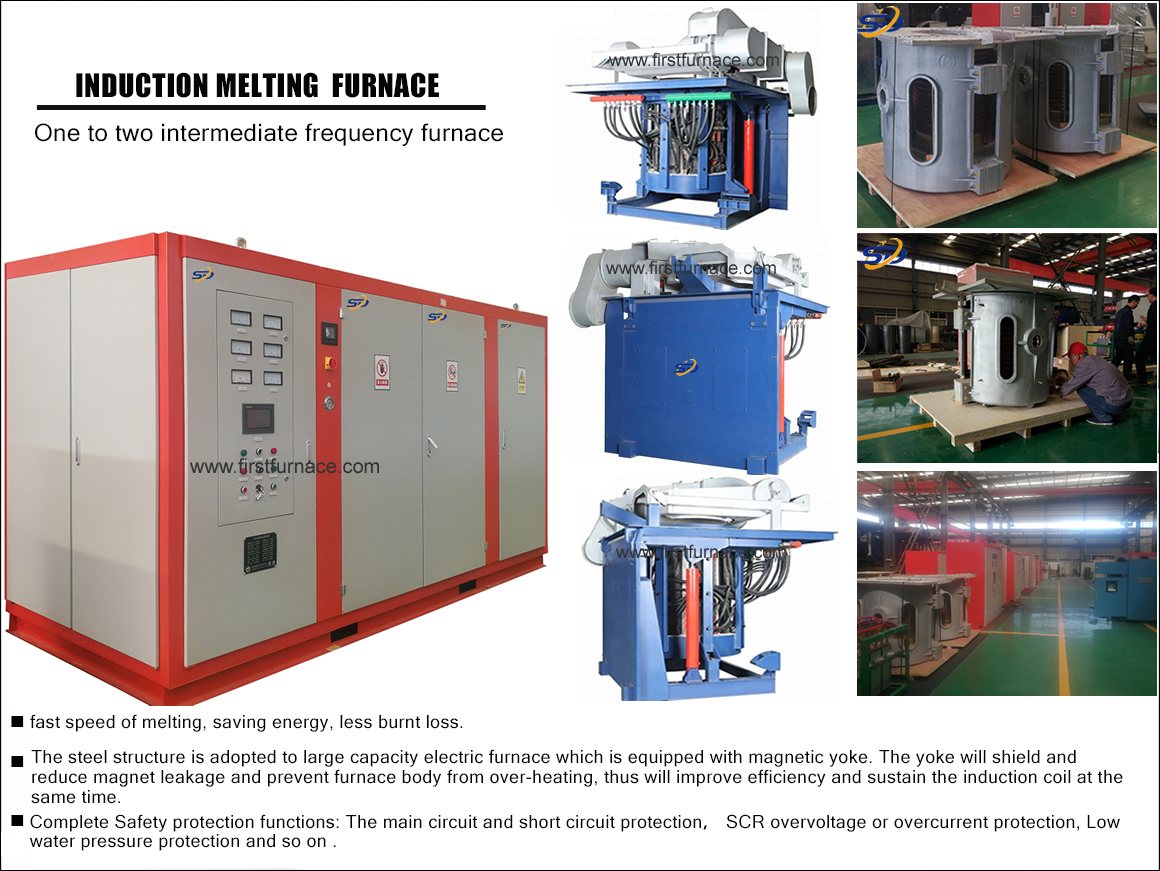Sales hot line ( 24 hours service): 18037961302
E-Mail: firstfurnace@gmail.com
whatsapp:+8618037961302
Adress: Luoxin Industrial Park, Luoyang, HenanLarge diameter steel pipe quen
Piston rod quenching and tempe
Grinding rod quenching and tem
High frequency induction heate
Quenching equipment for machin
Round steel end heating furnac
Steel pipe heat treatment prod
Square steel quenching and tem
Sucker rod quenching and tempe
Thickened petroleum steel pipe
Round steel quenching and temp
Steel pipe quenching and tempe
Steel plate quenching and temp
Induction Hardening Machine&nb
Flywheel ring gear high freque
Casting process of 8 kinds of induction melting furnace casting molten metal
1. There are many fields and processes in the casting and casting of intermediate frequency furnaces, such as casting, forging, extrusion, rolling, drawing, stamping, cutting, powder metallurgy and so on. Among them, casting is the most basic and most commonly used process, and casting equipment is also diverse, such as medium frequency furnaces.
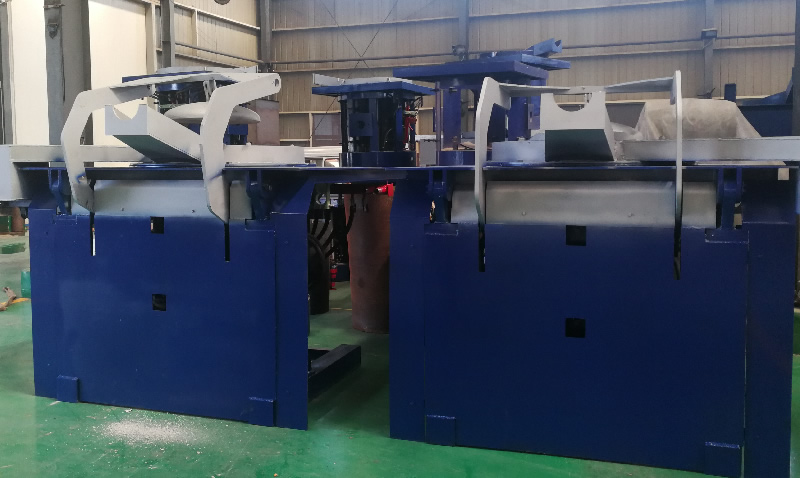
2. The induction melting furnace casting molten metal liquid is injected into a hollow mold made of high-temperature resistant material, and after condensation, the desired shape of the product is obtained, which is casting. The resulting product is a casting.
3. Medium frequency furnace casting can be divided into ferrous metal casting (including cast iron, cast steel) and non-ferrous metal casting (including aluminum alloy, copper alloy, zinc alloy, magnesium alloy, etc.) according to the material of the casting.
4. The intermediate frequency furnace casting can be divided into sand casting and metal casting according to the material of the casting mold.
5. The intermediate frequency furnace casting can also be divided into gravity casting and pressure casting according to the pouring process of the molten metal. Gravity casting refers to the process of injecting molten metal into a mold under the action of gravity of the earth, also called casting. Generalized gravity casting includes sand casting, metal casting, investment casting, lost foam casting, etc.; narrow gravity casting refers to metal casting. Pressure casting refers to the process in which molten metal is injected into a mold under the action of other external forces (excluding gravity). Generalized pressure casting includes pressure casting and vacuum casting of die casting machines, low pressure casting, centrifugal casting, etc.; narrowly defined pressure casting refers to metal type pressure casting of die casting machines, referred to as die casting.
6. Medium frequency furnace metal casting is a modern process for producing hollow casting molds for casting from heat resistant alloy steel. The metal type can be either gravity casting or pressure casting. The metal mold can be used repeatedly and repeatedly. Once the molten metal is poured once, the casting is obtained once, and the life is long and the production efficiency is high. The metal type casting not only has good dimensional accuracy, but also has a smooth surface, and the casting strength is higher than that of the sand type when casting the same molten metal, and it is less likely to be damaged. Therefore, in the case of mass production of medium and small castings of non-ferrous metals, as long as the melting point of the casting material is not too high, metal casting is generally preferred. However, metal casting also has some shortcomings: because the heat-resistant alloy steel and the hollow cavity on which it is processed are relatively expensive, the metal mold is expensive. For small batch production, the cost of the mold allocated to each product is obviously too high, which is generally not easy to accept. Moreover, because the metal mold is limited by the size of the mold material, the ability of the cavity processing equipment, and the casting equipment, it is also ineffective for particularly large castings. Therefore, metal casting is rarely used in small batch and large parts production. In addition, although the metal mold uses heat-resistant alloy steel, its heat resistance is still limited. It is generally used for the casting of aluminum alloy, zinc alloy and magnesium alloy. It has been used less in copper alloy casting and used for ferrous metal casting. It's even less.
7. The medium frequency diathermy furnace die casting is a metal type pressure casting performed on a die casting machine, and is currently the most productive casting process. Die casting machines are divided into two types: hot chamber die casting machine and cold chamber die casting machine. The hot chamber die casting machine has high degree of automation, less material loss, and higher production efficiency than the cold chamber die casting machine. However, due to the heat resistance of the machine parts, it can only be used for the production of castings of low melting point materials such as zinc alloy and magnesium alloy. . Aluminum alloy die castings, which are widely used today, can only be produced on cold chamber die casting machines because of their high melting point. The main feature of die casting is that the molten metal fills the cavity under high pressure and high speed, and is formed and solidified under high pressure. Therefore, the strength of the die casting is high, which is not only higher than the sand gravity casting but also higher than the metal gravity casting. In the case of aluminum alloys, the strength of the die casting without any treatment is close to that of the heat-strengthened gravity casting. The insufficiency of die casting is: because the molten metal in the process of filling the cavity under high pressure and high speed, the air in the cavity is inevitably wrapped inside the casting to form the subcutaneous pores, so the aluminum alloy die casting is not suitable for heat treatment. Zinc alloy die-casting parts are not suitable for surface spray (but can be painted). Otherwise, the internal pores of the casting will expand with heat upon heating as described above, causing the casting to deform or bubble. In addition, the machining allowance of die-casting parts should also be smaller, generally about 0.5mm, which can reduce the weight of castings, reduce the amount of cutting processing to reduce the cost, and avoid the penetration of the dense layer on the surface, revealing the subcutaneous pores, resulting in The workpiece is scrapped.
8. The medium frequency furnace sand casting is a traditional casting process that uses sand as the main molding material to make the mold. The sand type is generally cast by gravity, and the process of low pressure casting, centrifugal casting, etc. can also be used when there are special requirements. Sand casting has a wide adaptability. Small pieces, large pieces, simple pieces, complicated parts, single pieces and large quantities can be used. The mold for sand casting was previously made of wood and is commonly known as wood mold. The sand type has a higher degree of refractoriness than the metal type, and thus a material having a higher melting point such as a copper alloy or a ferrous metal is also used in this process. However, sand casting also has some shortcomings: because each sand casting can only be poured once, the casting is damaged after obtaining the casting, and must be reshaped, so the production efficiency of sand casting is low; and because the overall nature of sand is soft Porous, so sand casting castings have lower dimensional accuracy and rougher surfaces.
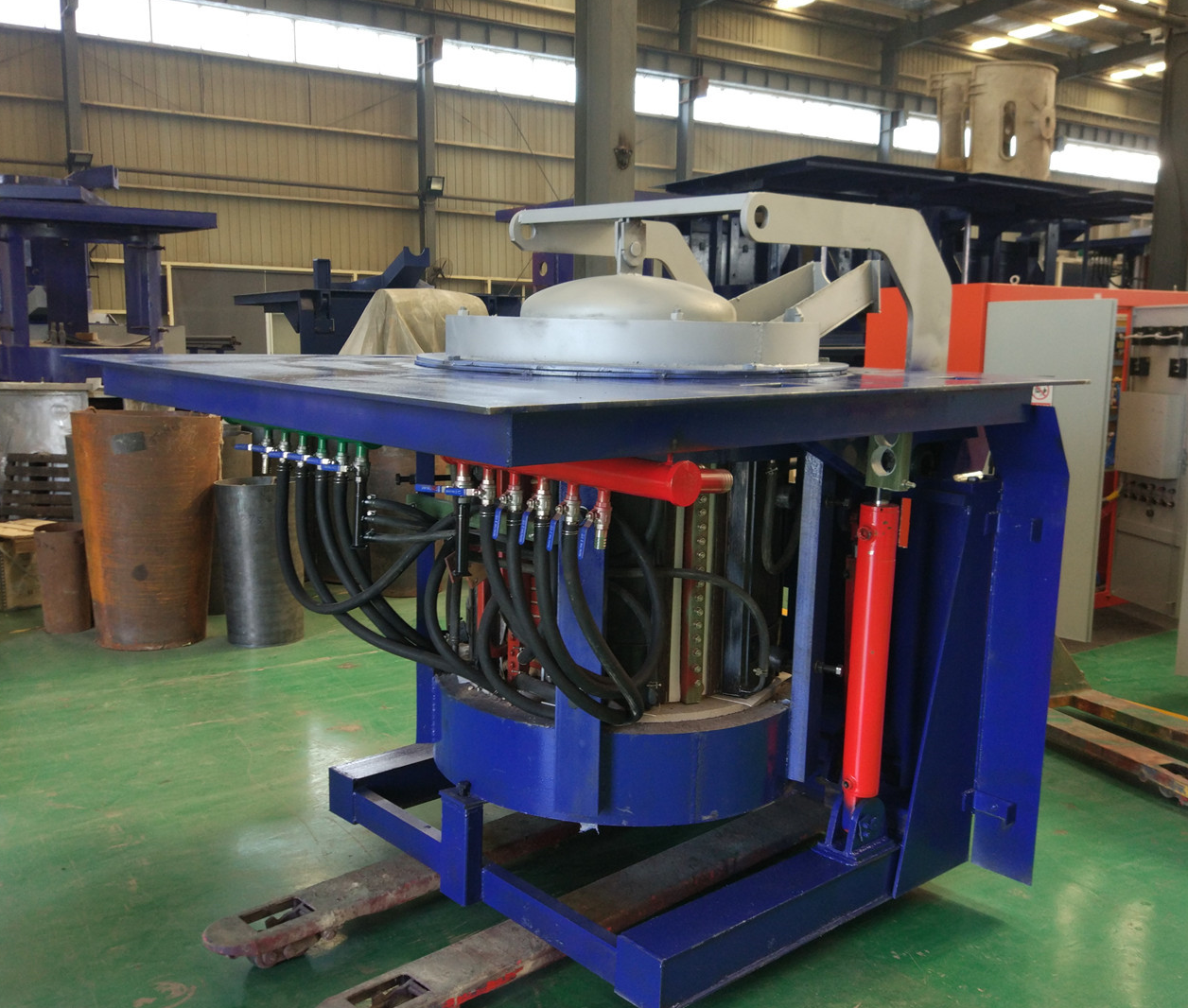
Iron induction furnace
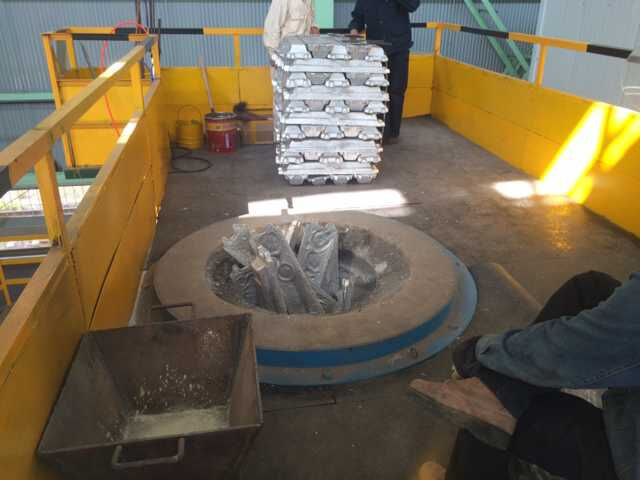
Aluminum melting furnace
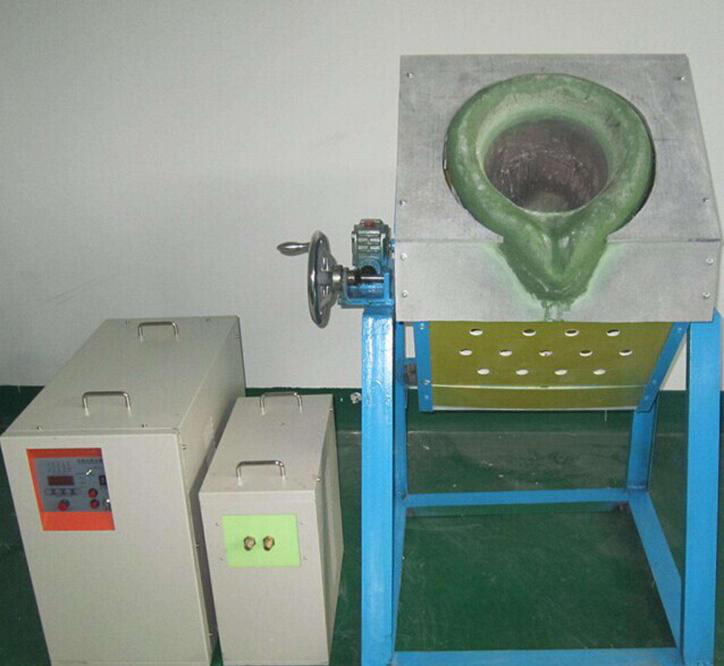
Copper melting furnace
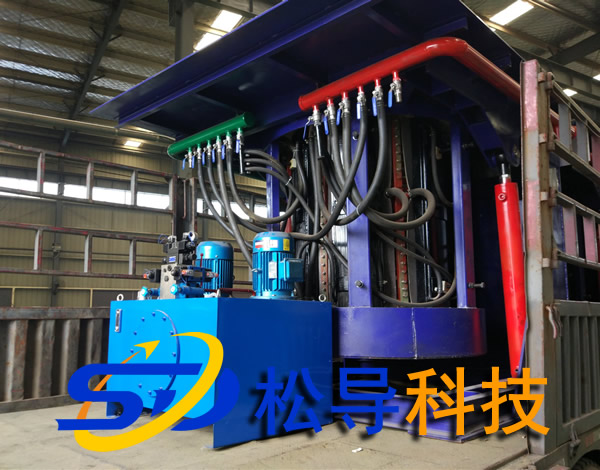
Small steel melting furnace
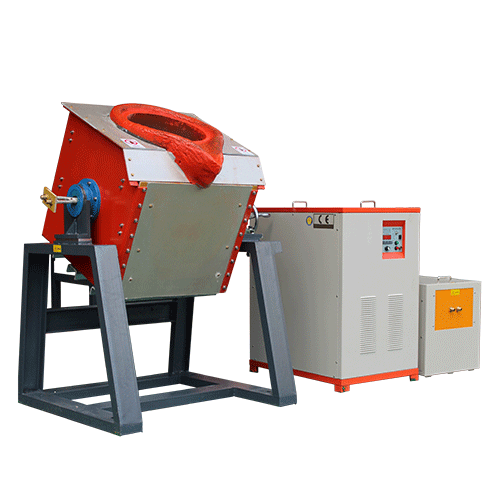
Small induction melting furnace
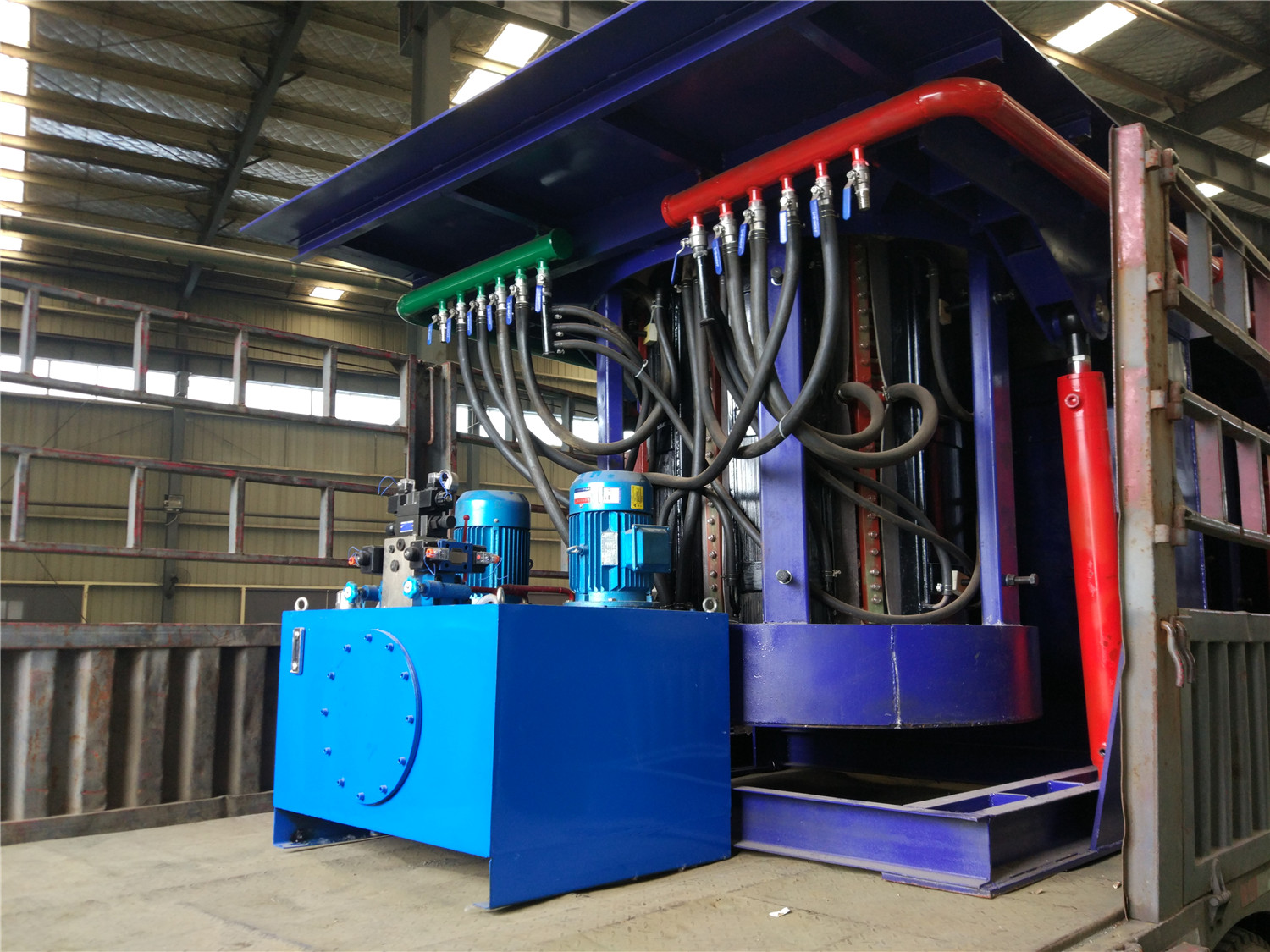
Induction iron furnace
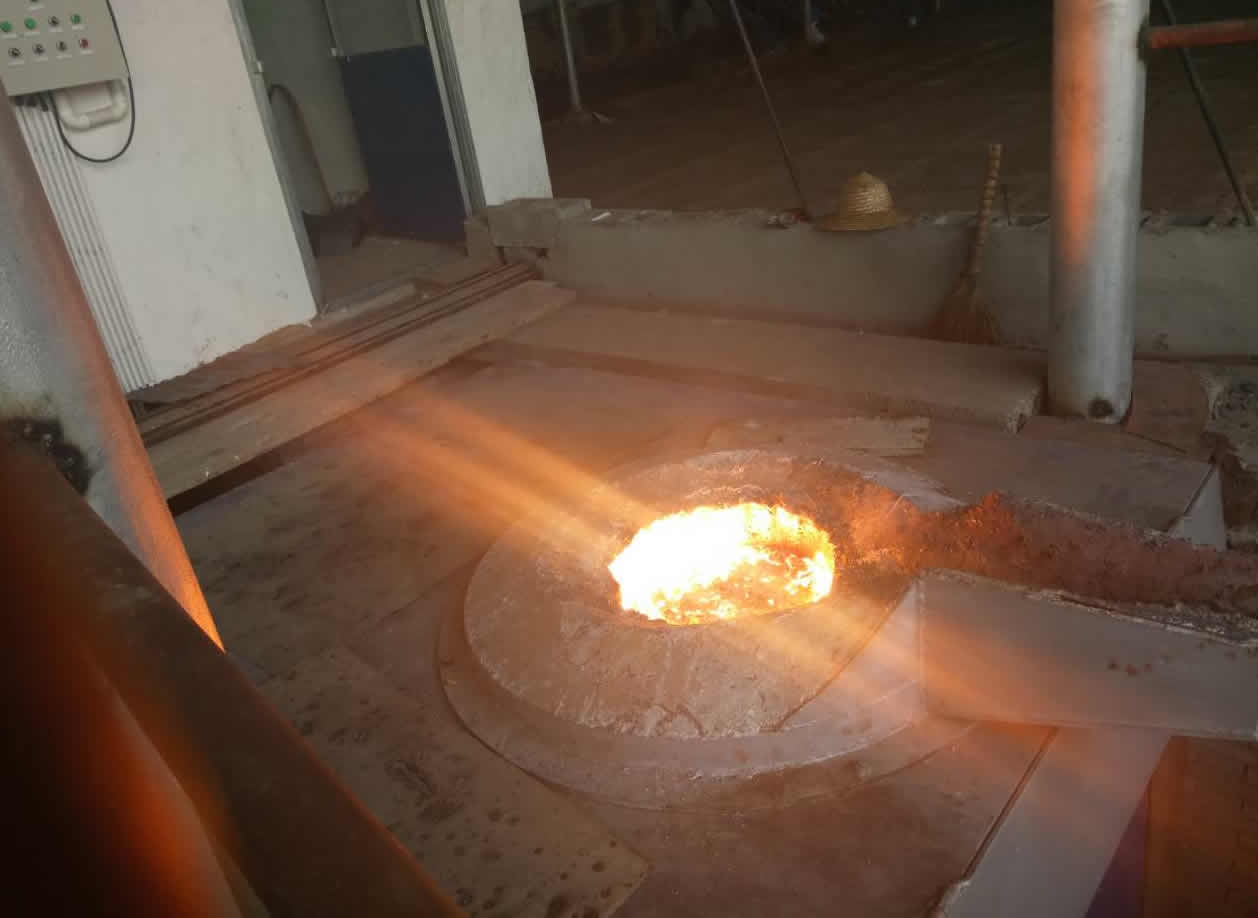
3T intermediate frequency iron melting f
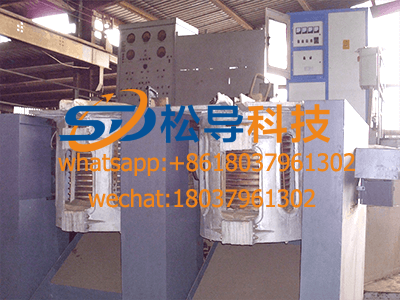
0.25T Intermediate Frequency Furnace
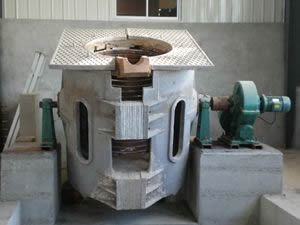
0.5T Intermediate Frequency Furnace
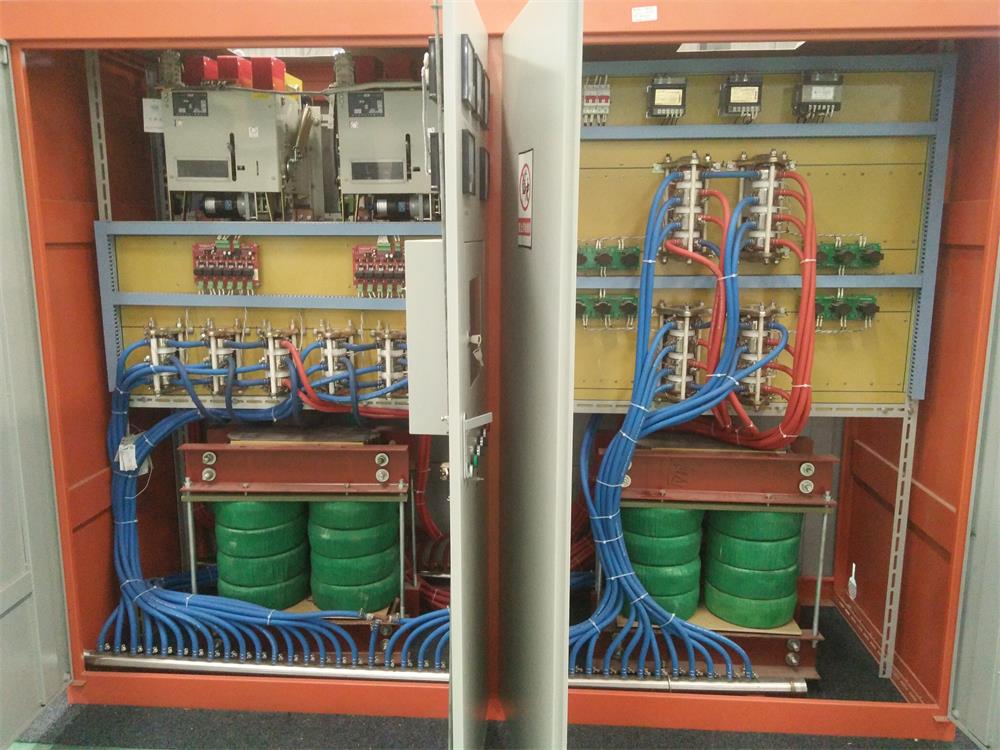
Medium Frequency Furnace

2T Induction Melting Furnace
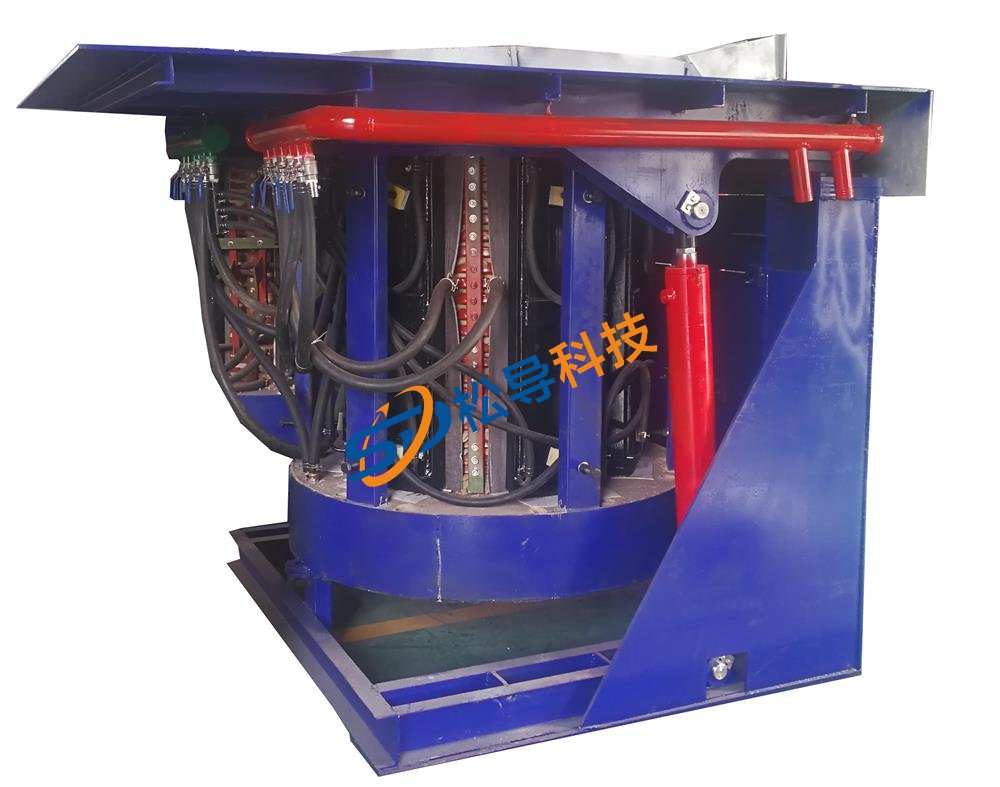
1T Induction Melting Furnace
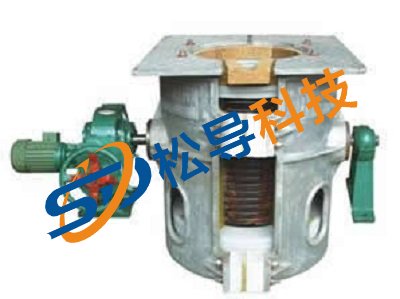
500kg Induction Melting Furnace
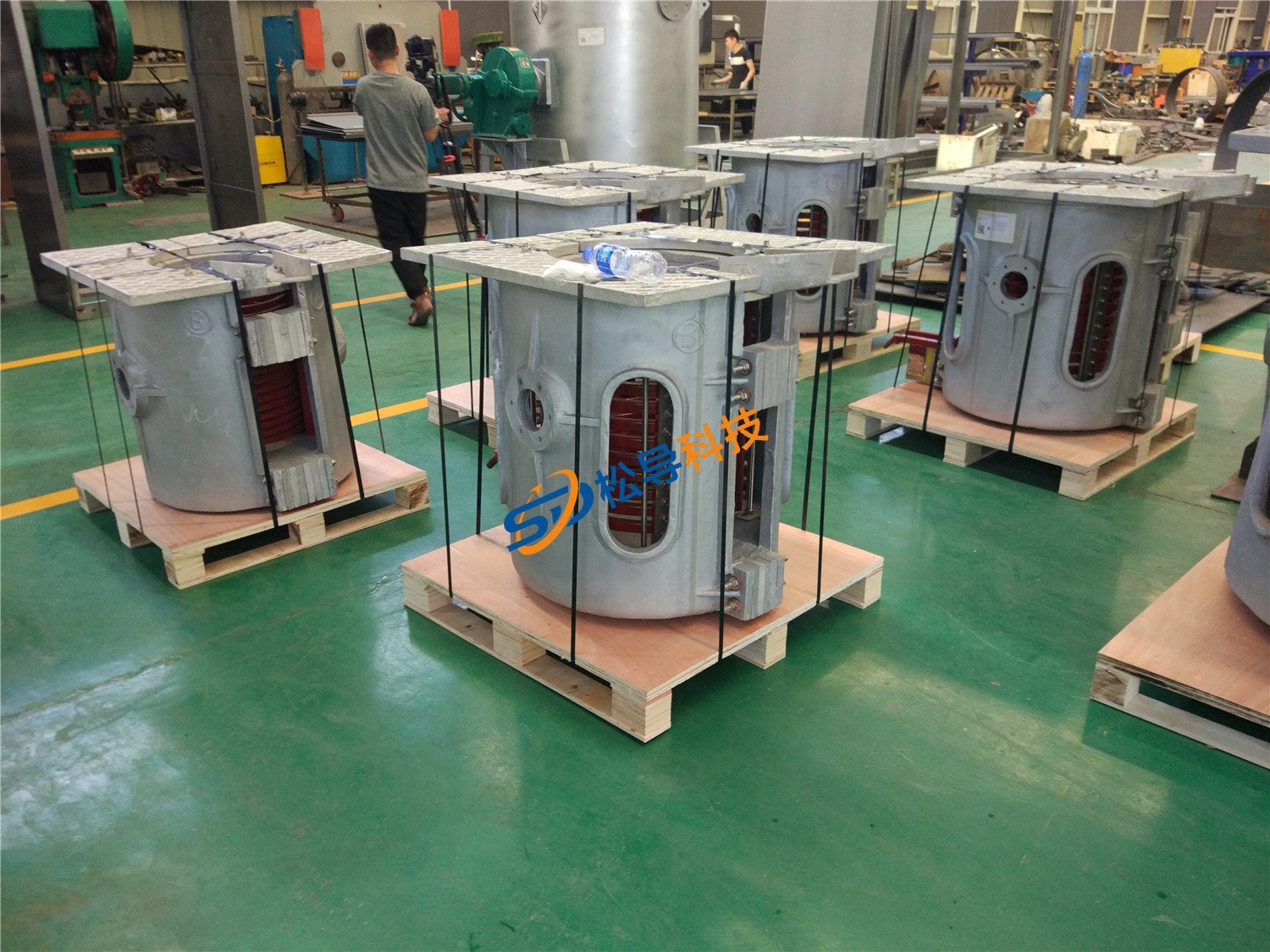
250kg Induction Melting Furnace
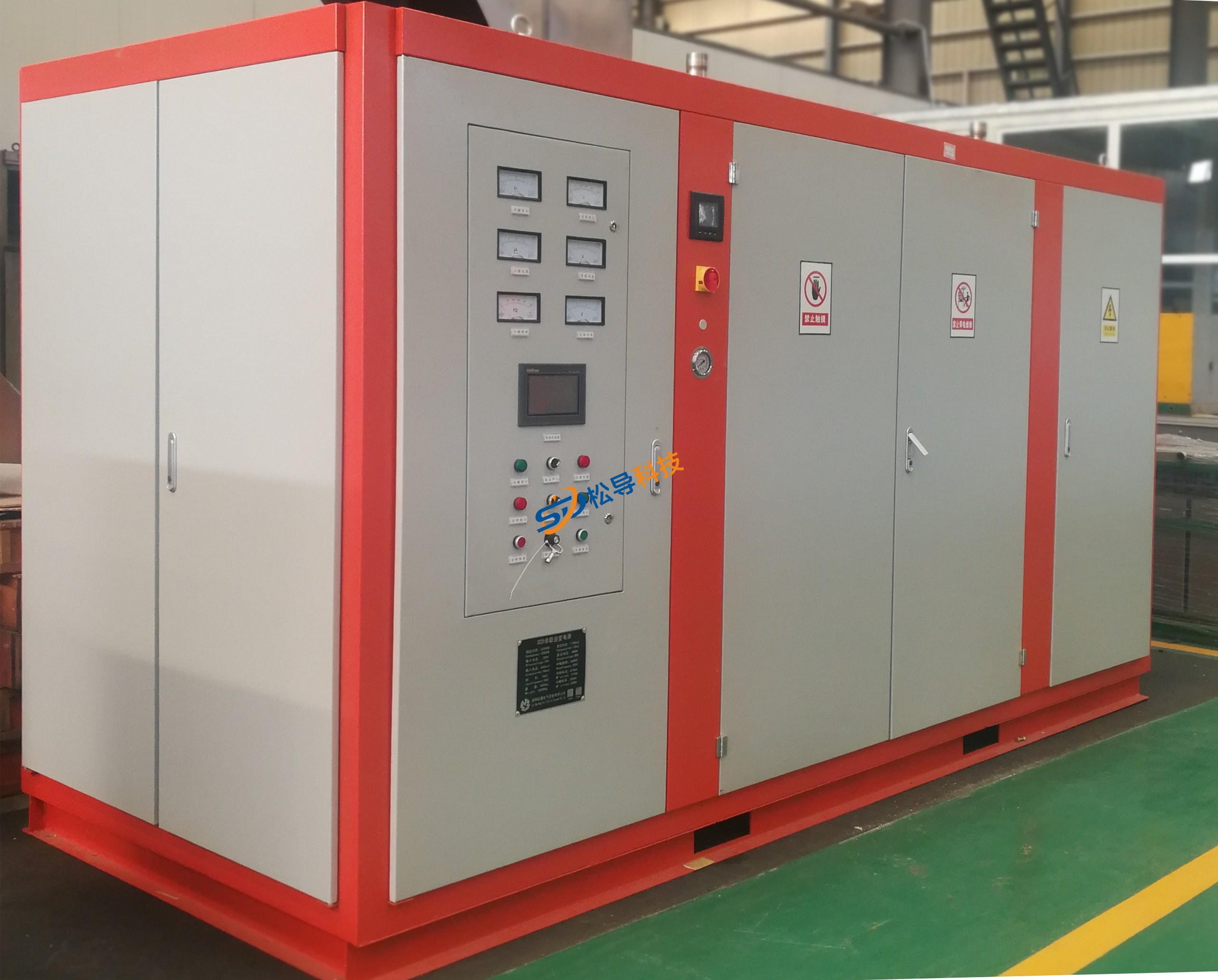
Induction Melting Furnace
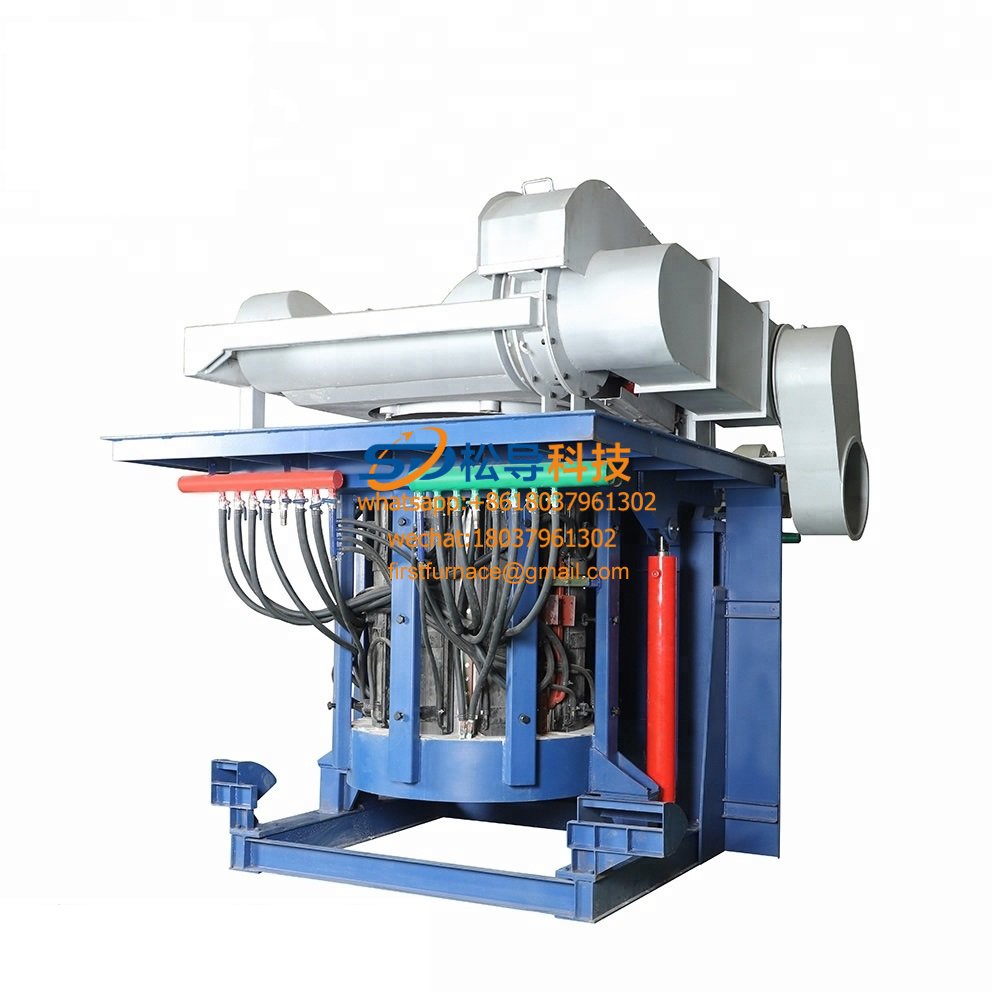
3 T Induction Melting Furnace
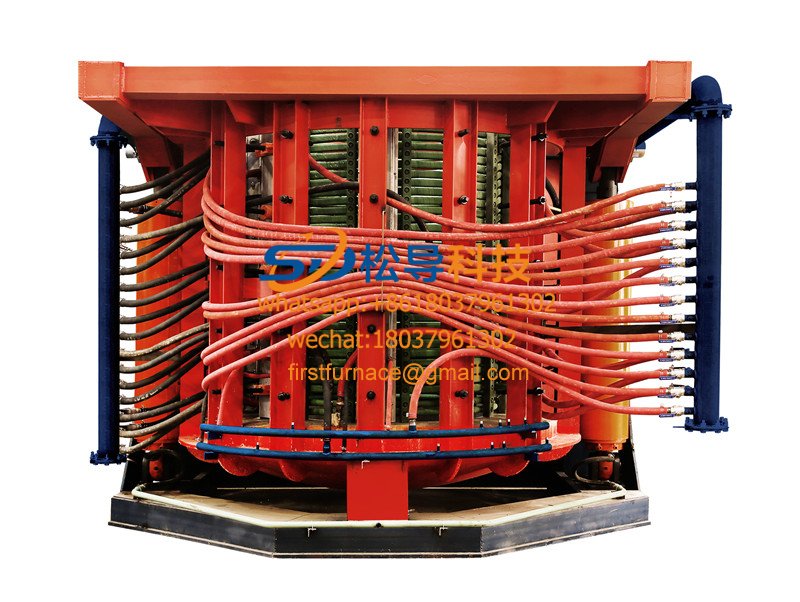
5T Induction Melting Furnace
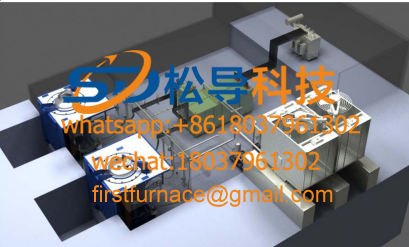
1T One Belt Two Intermediate Frequency F

5T One Belt Two Intermediate Frequency F
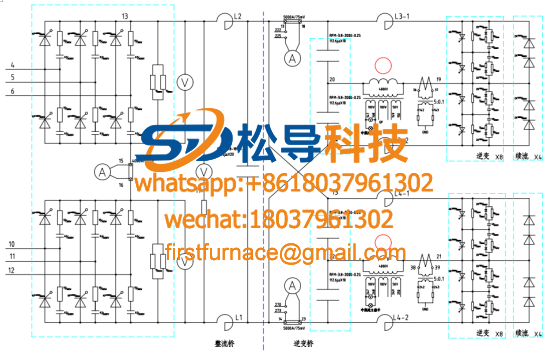
3T One Belt Two Intermediate Frequency F
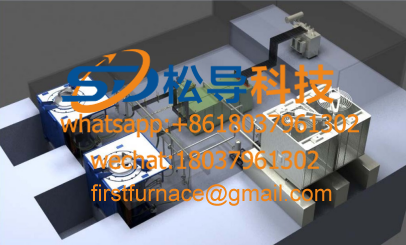
2T One Belt Two Intermediate Frequency F
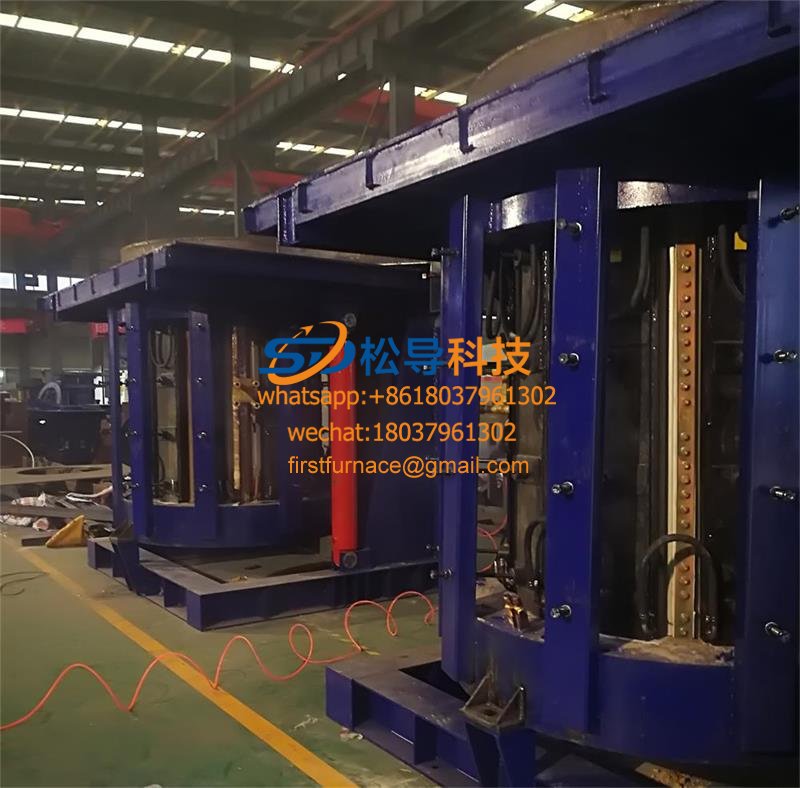
5T Parallel Intermediate Frequency Furna
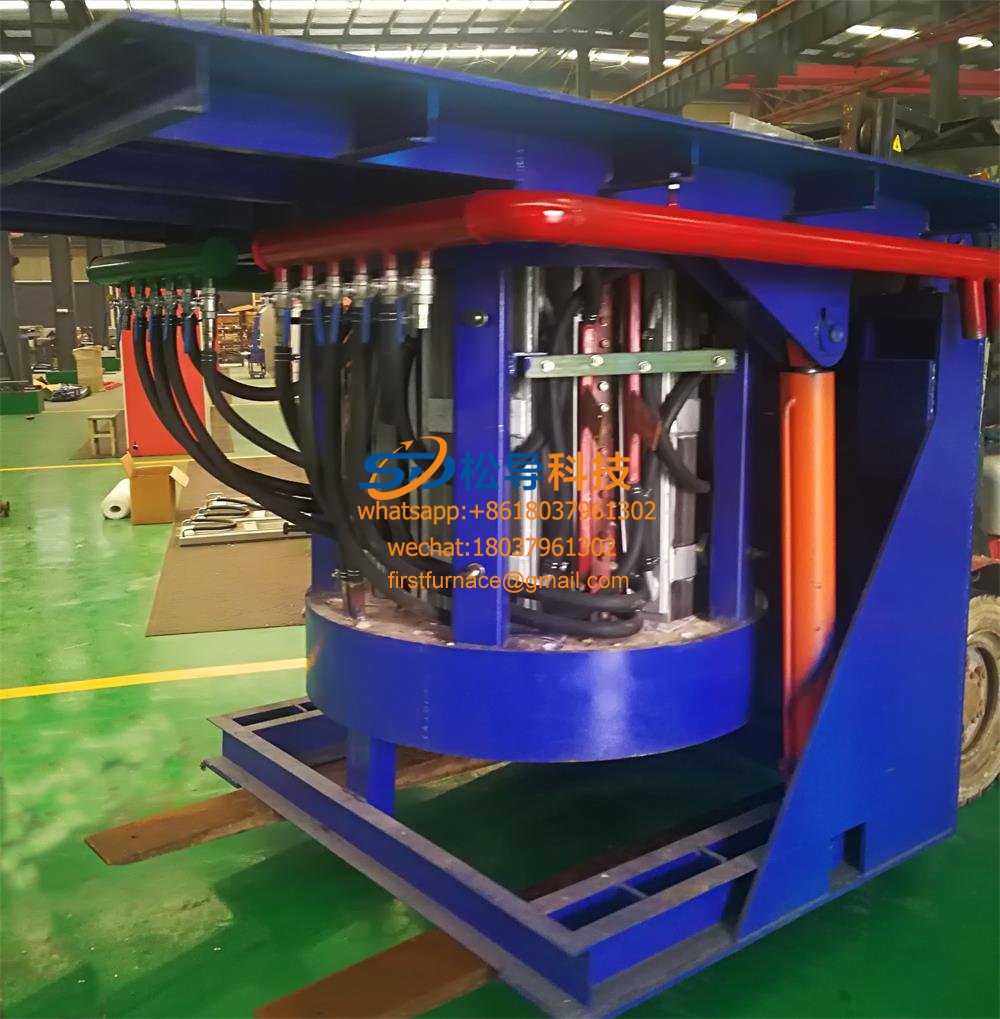
5T Intermediate Frequency Furnace

5T Series Intermediate Frequency Furnace
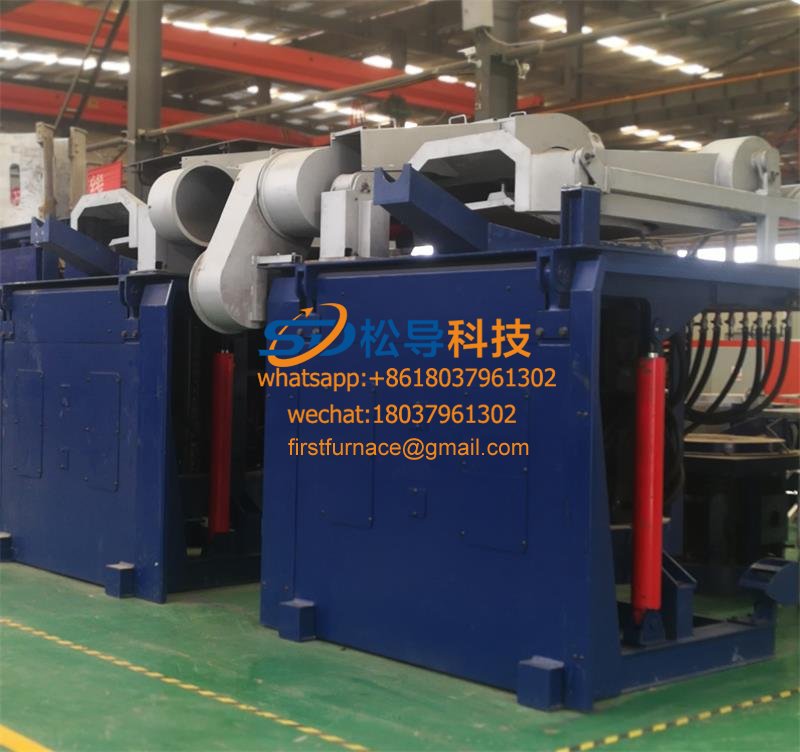
3T Series Intermediate Frequency Furnace
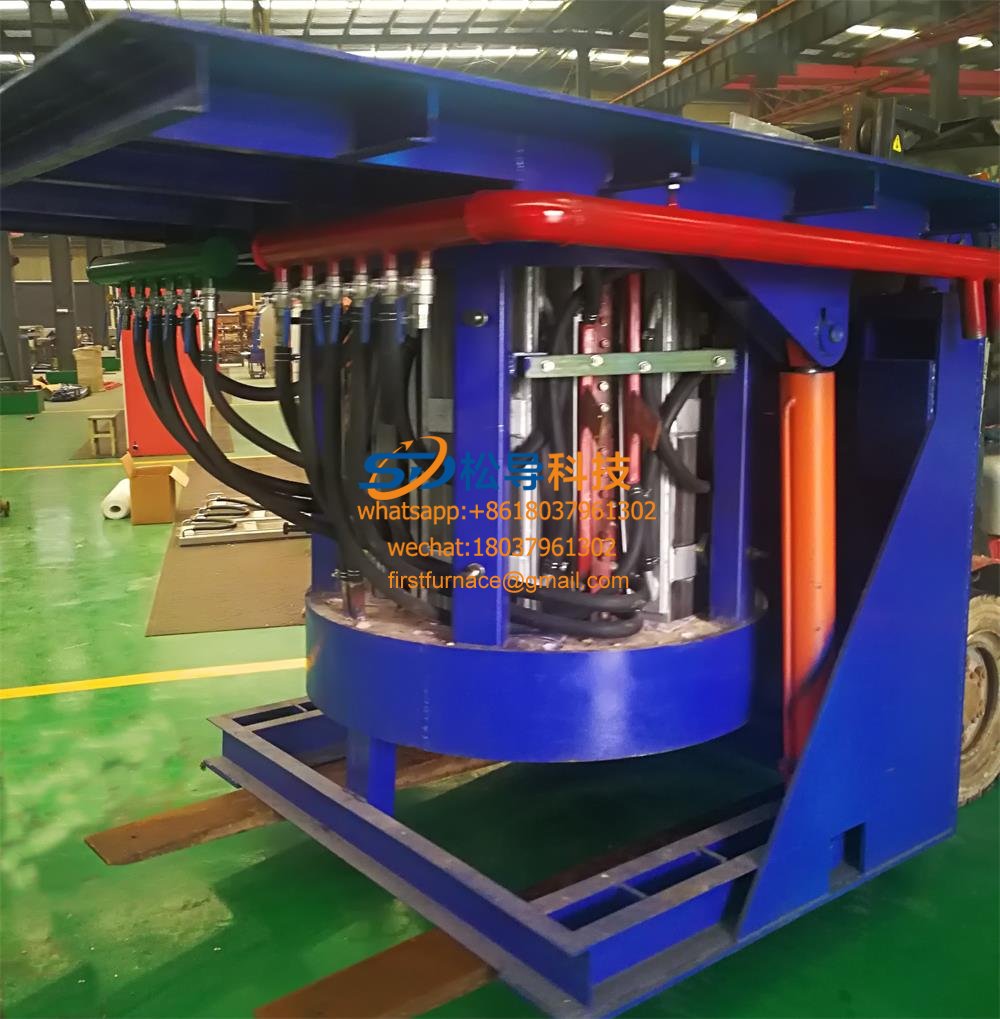
2T Series Intermediate Frequency Furnace
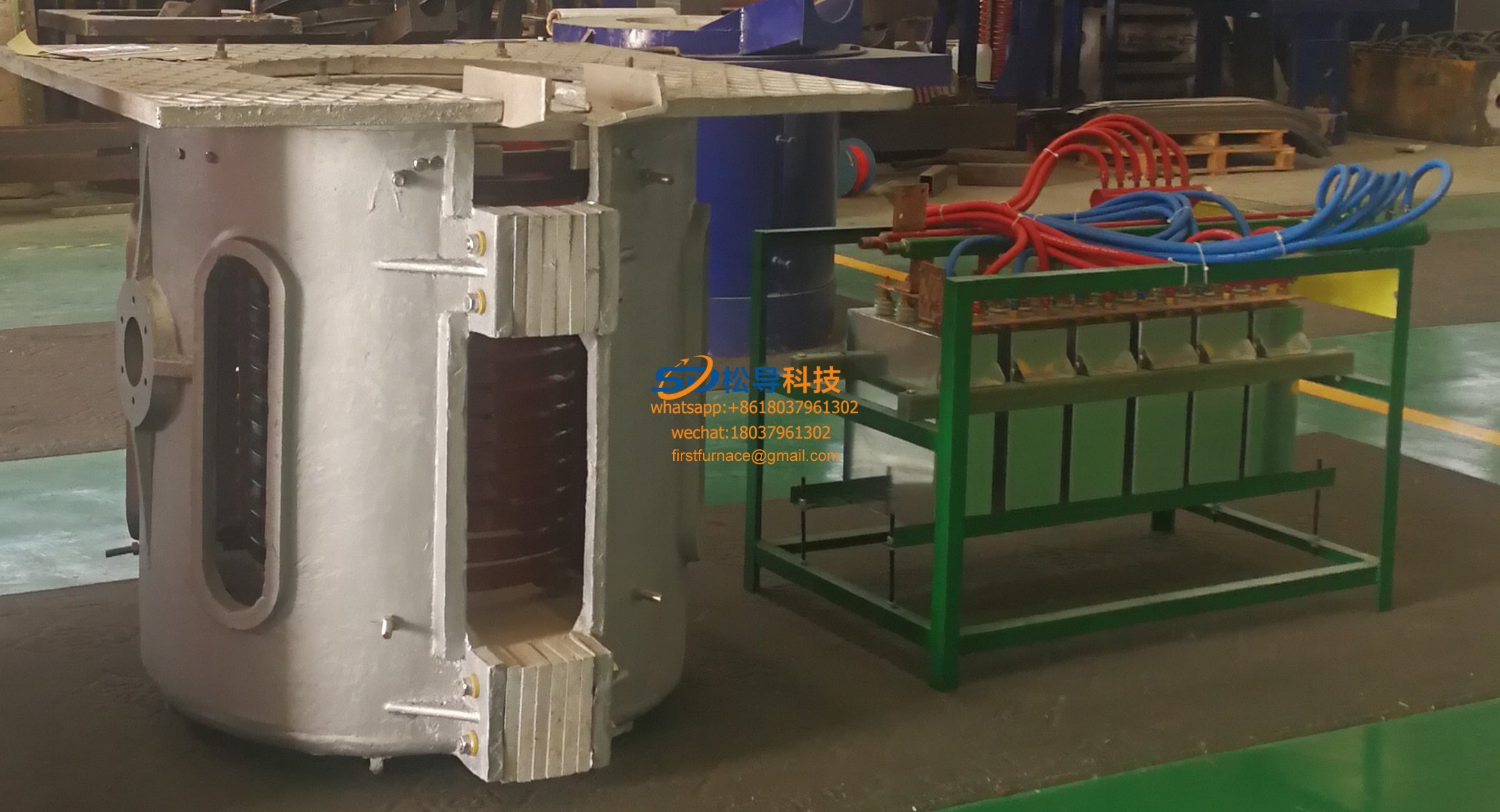
1T Series Intermediate Frequency Furnace
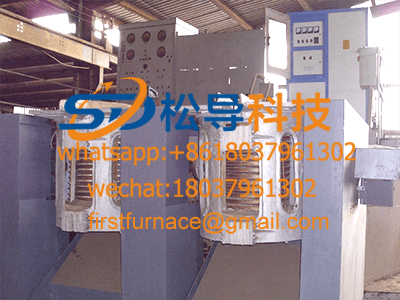
0.5T Series Intermediate Frequency Furna

0.25T Series Intermediate Frequency Furn
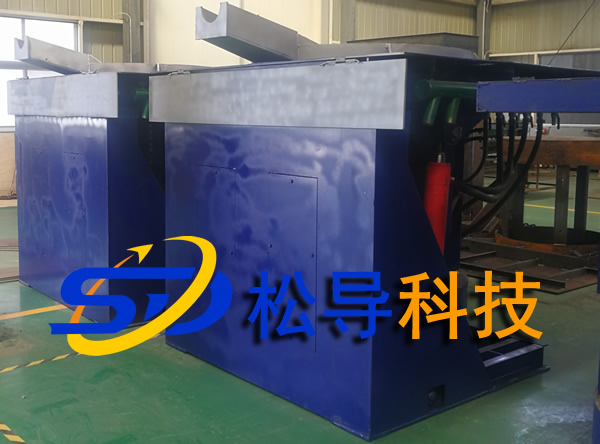
1T Parallel Intermediate Frequency Furna
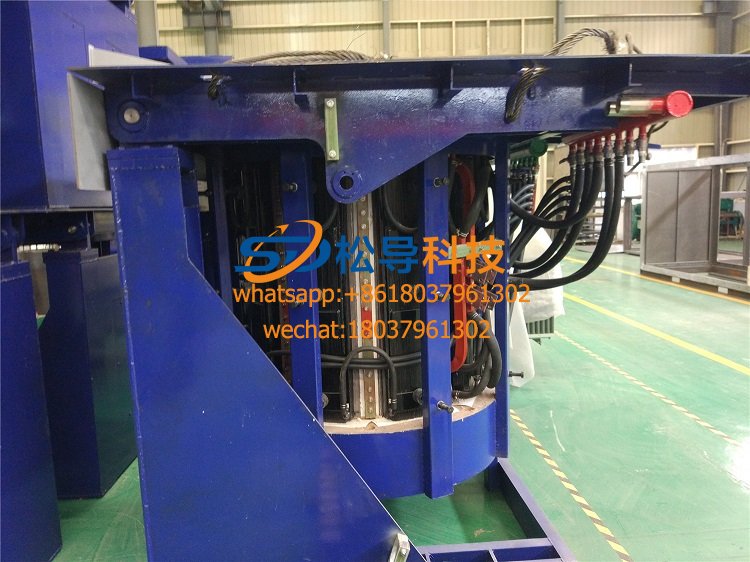
2T Parallel Intermediate Frequency Furna
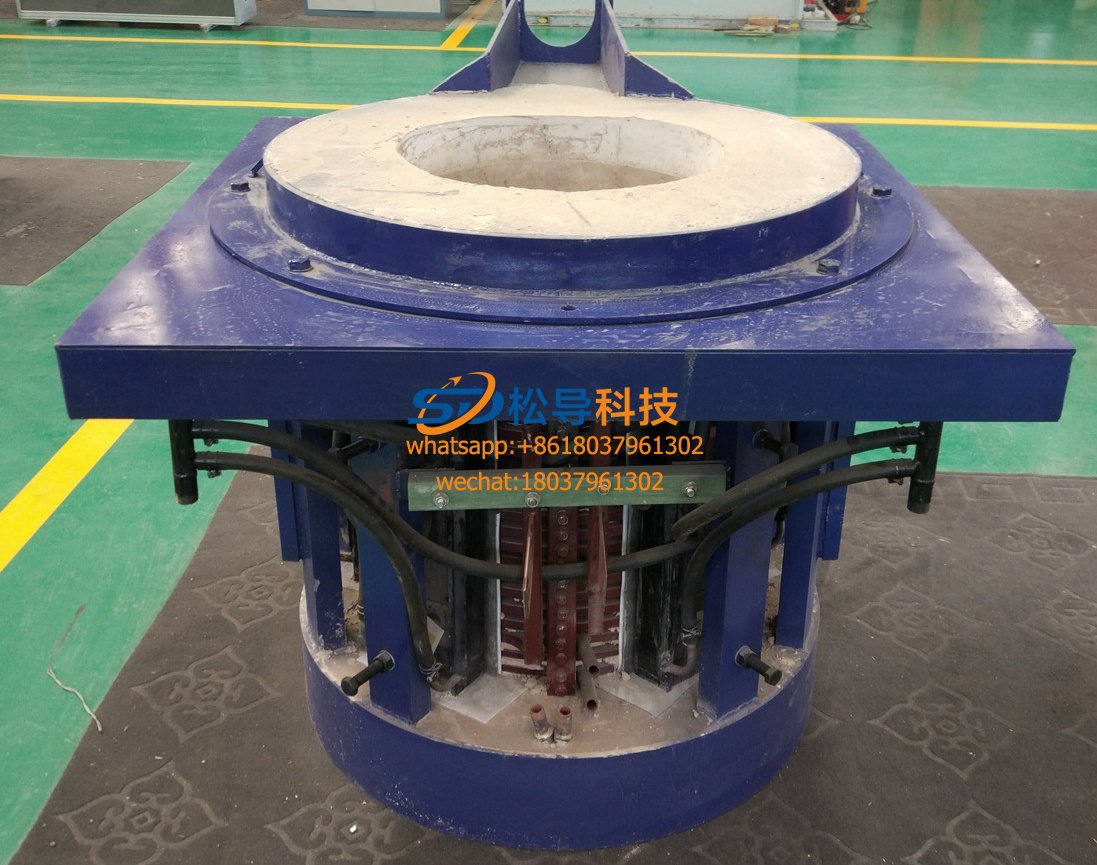
0.5T Parallel Intermediate Frequency Fur






